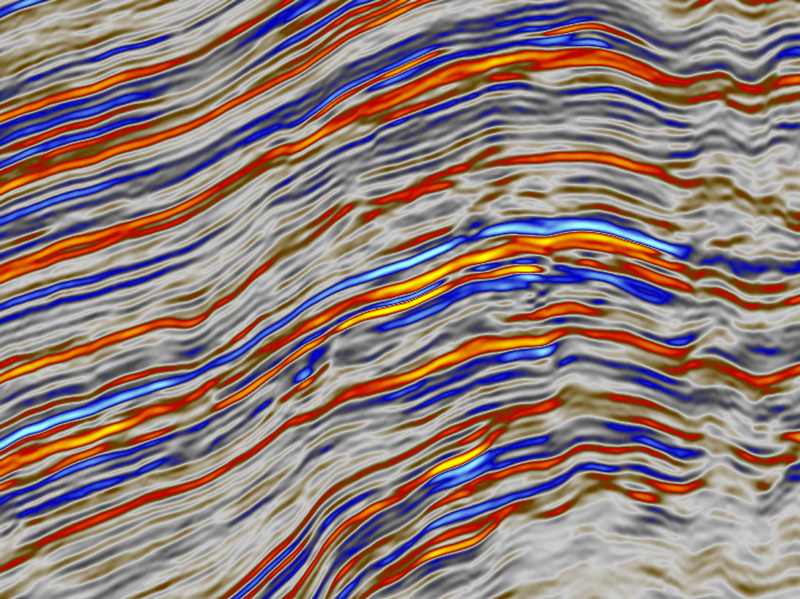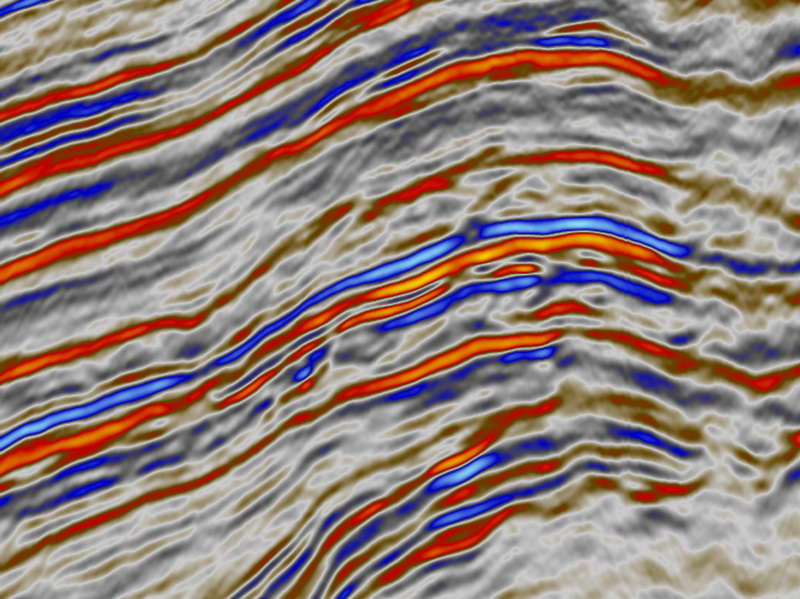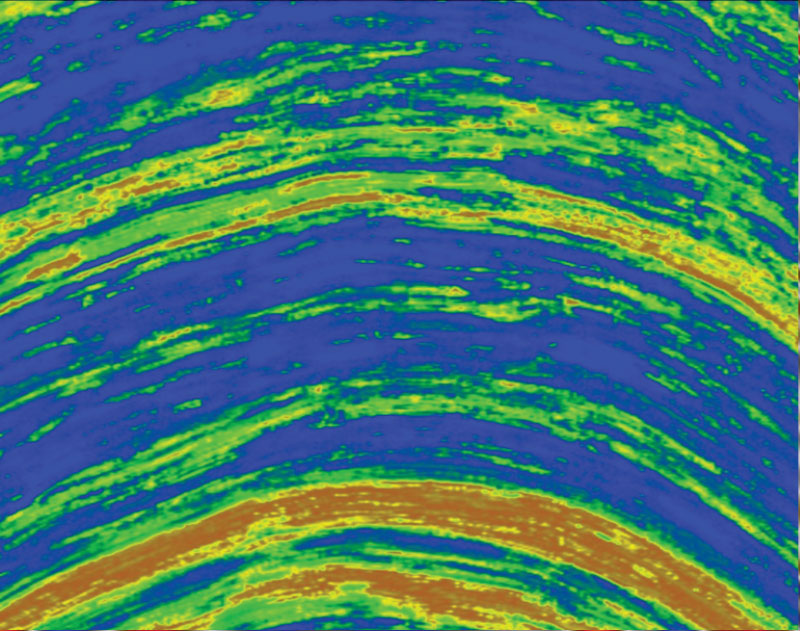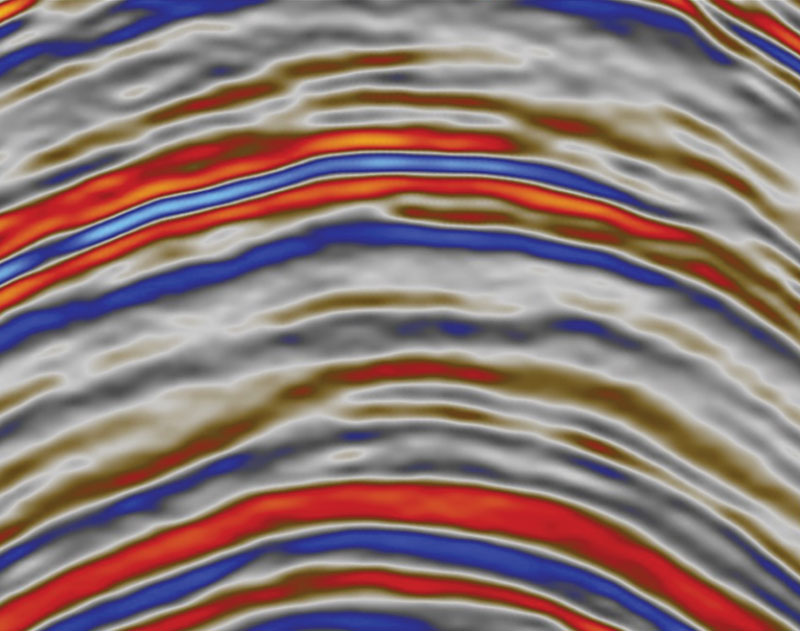We have five products in our oil and gas portfolio that focus on addressing pressing technical challenges in the industry with a wide application of Deep Learning and Signal Processing algorithms combined with domain knowledge.
In the world of oil and gas exploration, obtaining precise and comprehensive seismic images is paramount for uncovering valuable subsurface information. Nevertheless, conventional methods for enhancing seismic image quality often come with limitations, relying on well data, or involving time-consuming parametrization. Discover S.I.Q.E., a data-driven, advanced deep learning algorithm that promises improvements in vertical resolution and signal-to-noise ratio (SNR). This enhancement enables precise interpretation and accurate delineation of geological features. Our methodology, meticulously crafted by a team of industry experts, delivers cleaner and more precise seismic images. By eliminating noise artifacts and enhancing subtle seismic signals, the algorithm equips geoscientists with a powerful tool for confident decision-making.
S.I.N.A. enhances seismic clarity by using deep learning to remove various noise types and improve Signal-to-Noise Ratio (SNR), enabling better identification of geological structures like faults in 3D.
4D Seismic Inversion uses deep learning and real well data to map fluid saturations and pressures over time, enhancing reservoir monitoring and risk management.
MOTIVO automates seismic interpretation using AI to streamline workflows, enhance geological precision, and support faster, cost-effective exploration decisions.
Log Cube uses AI-based seismic inversion to predict log data in areas with limited measurements, enhancing reservoir characterization and decision-making.
AI-powered seismic processing suite combining deep learning and physics-based modeling to enhance workflows from first-break picking to full waveform inversion—applied to both land and marine data.
PLWD predicts Gamma Ray values ahead of the drill bit in real time, enabling operators to foresee lithological changes, improve well placement, and reduce drilling risks.



